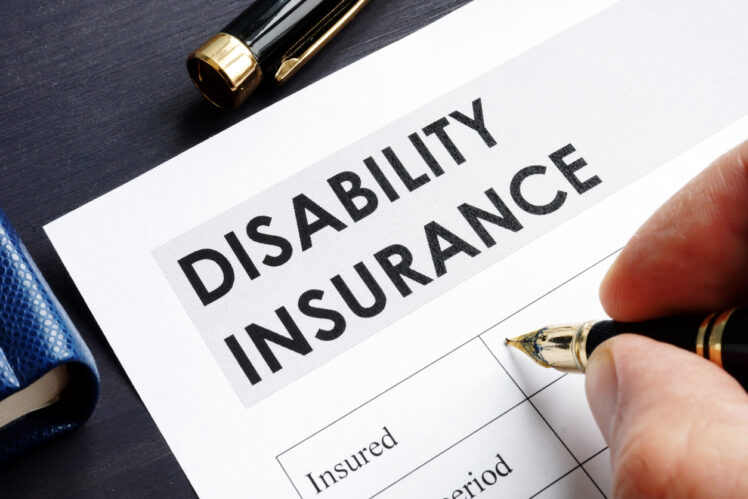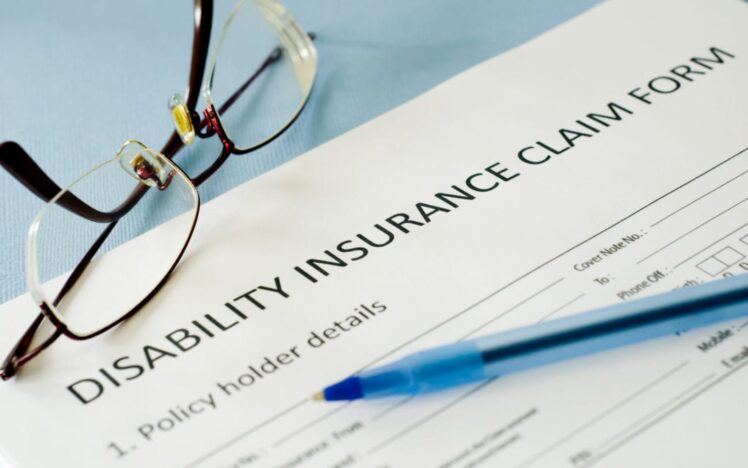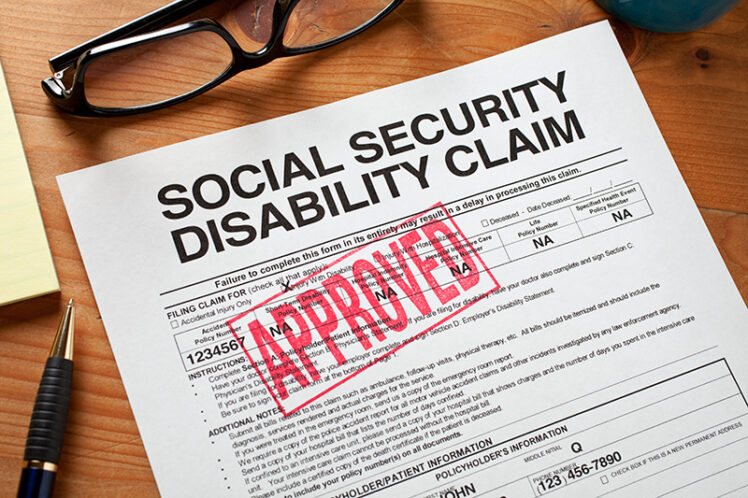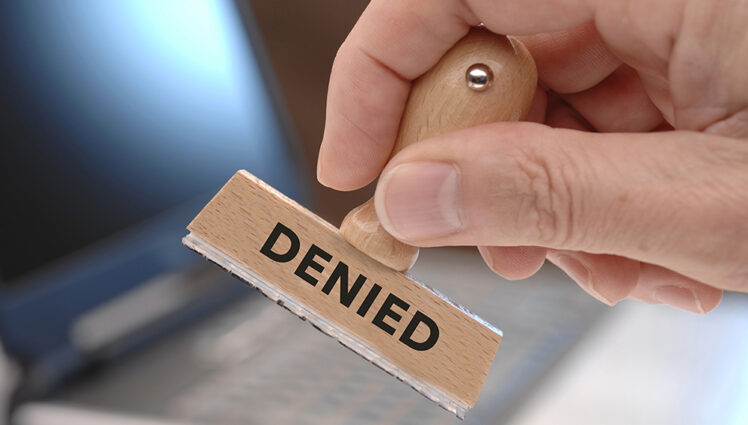Riding a motorcycle can be an exhilarating experience, but it’s crucial to remember the risks involved. Accidents can happen, and they can result in serious injuries that may prevent you from working and living life to the fullest. For this reason, having disability insurance is essential for every motorcycle rider. This article offers practical legal tips for motorcycle riders on how to navigate the maze of disability insurance with confidence.
Understand the Basics

Understanding the basic concepts of disability insurance is fundamental. Disability insurance provides you financial support in the form of a percentage of your income if an accident leaves you unable to work. The two main types of disability insurance are Short-Term Disability (STD) and Long-Term Disability (LTD) insurance. Knowing the differences and what is available to you can make a significant difference in your coverage and peace of mind. Disability.ca can help.
Short-Term Disability Insurance
- Coverage: Typically covers the initial weeks or months after a disability, often from 3 to 6 months.
- Benefits: Usually, payouts begin sooner, often within a couple of weeks of the disability occurrence.
- Limitations: Coverage and benefits period are limited.
Long-Term Disability Insurance
- Coverage: Starts after the expiration of short-term disability, covering you for an extended period, possibly until retirement.
- Benefits: Offers financial security and stability.
- Limitations: There might be a waiting period before the benefits start.
Evaluate Your Risks
Every motorcycle rider has a unique risk profile based on factors such as riding habits, type of motorcycle, and the areas where you ride. Consider these aspects and evaluate your risks realistically. Higher risks should translate to more comprehensive disability insurance coverage.
Shop Smart

Assess Your Financial Needs
Before purchasing disability insurance, assess your financial needs carefully. Consider your financial obligations, monthly expenses, and any savings or other income sources you might have. Ensure your disability insurance covers your financial needs adequately.
Compare Policies
Don’t settle for the first policy you come across. Compare different disability insurance policies from various providers. Look at the coverage, terms, conditions, limitations, and exclusions. Check the cost and see if it fits within your budget. An ideal policy should provide sufficient coverage at an affordable cost.
Legal Compliance and Documentation
Understand the Law
Navigating through the disability insurance terrain requires a solid understanding of the law. Each state in the United States may have specific laws and regulations regarding disability insurance. These laws cover aspects such as the minimum amount of coverage, the rights of the policyholder, the obligations of the insurer, claim processing times, and more.
Action Steps:
- Research State Laws: Use official state websites to find accurate information about disability insurance laws in your state.
- Consult an Expert: Consider consulting an insurance expert or an attorney who specializes in insurance law to explain the legal jargon and ensure that you fully comprehend the regulations in your state.
- Regular Updates: Laws can change, so make it a habit to stay updated on the disability insurance laws in your state.
By understanding the law, you can ensure that your disability insurance policy complies with state regulations, protecting you from potential legal complications in the future.
Maintain Proper Documentation

Proper documentation is the cornerstone of a smooth disability insurance claim process. Keeping a detailed record of all interactions, transactions, and agreements with your insurance provider can provide clarity, prevent disputes, and offer legal protection if needed.
Action Steps:
- Organize All Documents: Keep your insurance policy, payment receipts, correspondence with the insurer, and any other relevant documents in a dedicated file or digital folder.
- Document Communications: Whenever you communicate with your insurance provider, document the date, time, and details of the conversation. Follow up verbal communications with written confirmation to ensure that all agreements are accurately recorded.
- Update Records: Regularly update your records to reflect the most recent transactions and communications.
A comprehensive and organized documentation system allows for easy access to vital information when needed, especially during the claim filing process.
Filing a Claim
After an accident resulting in a disability, filing a claim to access your disability insurance benefits is an essential step. The claim process involves notifying your insurance provider about the disability, providing necessary documentation, and following the insurer’s claim process.
Action Steps:
- Understand the Claim Process: Before you need to file a claim, understand your insurer’s claim process. Knowledge of the process can help ensure you complete each step correctly.
- Notify the Insurer: Inform your insurance provider about the disability as soon as possible to initiate the claim process.
- Follow the Insurer’s Guidelines: Adhere to your insurer’s claim filing guidelines, ensuring that you submit all required documents and information within the specified time frame.
Timely Filing
Filing your claim on time is crucial for ensuring that you receive your disability insurance benefits without unnecessary delays. Many insurance providers have strict deadlines for claim filing, and missing these deadlines can result in claim denial.
Action Steps:
- Be Prompt: File your claim as soon as you can after the disability occurs.
- Keep Track of Deadlines: Be aware of and adhere to all deadlines in the claim filing process to avoid jeopardizing your claim.
Provide Complete Information

Providing complete and accurate information is essential for the successful processing of your disability insurance claim. Insufficient or incorrect information can lead to claim denial, delays, or reduced benefits.
Action Steps:
- Be Thorough: Provide all the required information and documentation in your claim. Double-check to ensure accuracy and completeness.
- Seek Clarification: If unsure about any aspect of the claim filing process, seek clarification from your insurance provider or a legal expert.
Legal Assistance
Hiring a legal expert who specializes in disability insurance claims can be beneficial in navigating the claim process. A knowledgeable attorney can guide you, help ensure that you complete each step correctly, and advocate on your behalf, enhancing the likelihood of a successful claim.
Action Steps:
- Consult Early: Consider consulting an attorney early in the claim process to ensure that you follow the correct procedures and meet all requirements.
- Choose a Specialist: Hire an attorney who has expertise in disability insurance claims to ensure competent and knowledgeable legal assistance.
In conclusion, understanding the law, maintaining proper documentation, timely and complete claim filing, and seeking legal assistance are critical elements in navigating disability insurance with confidence as a motorcycle rider. Following the action steps outlined above can help ensure that you are well-prepared to handle any issues that may arise, maximizing your chances of a successful disability insurance claim.
Dealing with Claim Denials

Understand the Reason
If your claim is denied, understand the reason for denial. Insurance companies may deny claims for various reasons, such as policy exclusions, pre-existing conditions, or insufficient documentation.
Appeal the Denial
You have the right to appeal the claim denial. Follow the insurance company’s appeal process, providing additional information and documentation if required.
Legal Action
If your appeal is denied, you may have the option to take legal action. Consult an attorney experienced in disability insurance claims to explore your legal options.
Conclusion
In conclusion, navigating disability insurance as a motorcycle rider doesn’t have to be a daunting task. Understanding the basics, evaluating your risks, shopping smart, ensuring legal compliance, effectively filing claims, and dealing with claim denials confidently are key to ensuring you have the financial support you need in case of disability due to an accident. Remember to stay informed, ask questions, and seek legal counsel whenever necessary to ensure your rights and interests are protected.

